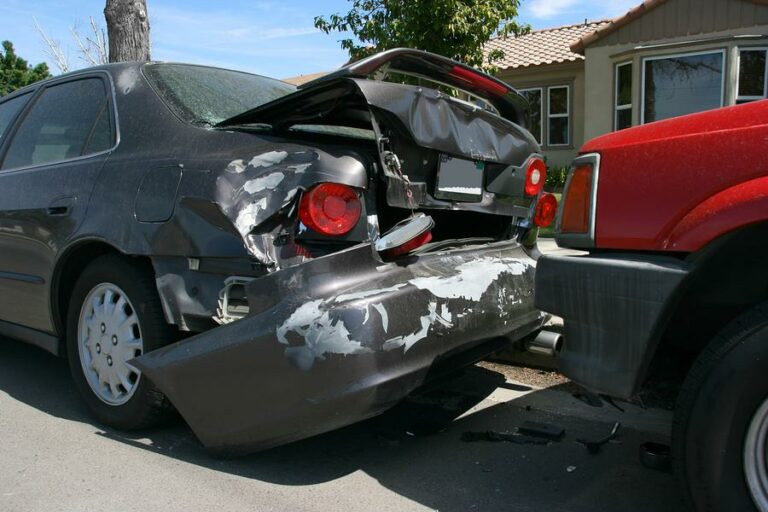Read-end collisions are undoubtedly the most common types of accidents. This is because the majority of drivers hit emergency brakes to avoid crashing into the vehicle in front, only to be hit by other vehicles at the back. But have you ever thought of the injuries you can sustain from such an accident?
You can sustain spinal cord injuries, traumatic brain injuries (TBI), broken bones, or whiplash. But is that all? Let’s take a deeper look into some of the common injuries victims involved in a rear-end car collision may sustain.
Facial and Dental Injuries
Technically, the impact of a rear-end collision can forcefully move your head forward, which can lead to contact with the steering wheel, dashboard, or airborne debris within the vehicle. This can result in facial injuries, burns, or dental trauma.
All these require urgent care and can leave lasting scars on your body.
Whiplash
This is perhaps the most common type of injury that is associated with rear-end collisions. It occurs when the head undergoes rapid forward and backward movement. This, as a result, strains the delicate tissues of the neck and shoulders. Although it might seem like a small injury, the effects of whiplash can be far-reaching. It causes headaches, persistent neck pain, and restricted movement.
What’s more, studies suggest that whiplash can be linked with reduced quality of life in the years following an accident. For this reason, it is critical to seek medical attention immediately after a rear-end accident.
Traumatic Brain Injuries (TBIs)
This is the most dangerous of all the injuries that can be sustained as a result of a rear-end collision. This is because traumatic brain injuries (TBIs) affect the brain and can have permanent repercussions.
TBIs can have a myriad of symptoms, ranging from memory loss and headaches to cognitive impairment. The repercussions of a TBI can be long-term and can impact almost every aspect of daily life.
Broken Bones
If you have ever been in an accident, you may agree that even minor accidents can be quite violent. Rear-end collisions can exert tremendous force on the skeletal structure, which can easily result in fractures to the hands, fingers, wrists, collarbone, arms, ribs, and skull.
In some cases, these fractures can require surgical procedures to restore normal function and stability. This is expensive and requires a considerable amount of recovery time.
Sprains and Strains
This is yet another common type of injury that can be sustained in a rear-end accident. Soft tissues, such as sprains and strained muscles, can be injured in the event of a forceful collision. Although it is possible for some people to heal over time, others may need surgery and prolonged rehabilitation.
This can disrupt daily routines and livelihoods, which can make life unbearable. If you sustained any injuries, then it is important to know about personal injury law to take legal action against the at-fault party.
Back and Spinal Cord Injuries
Besides TBIs, rear-end collisions are also capable of causing other serious injuries, such as damage to the spinal cord. The collision can lead to spinal cord issues like
- Herniated discs
- Spinal stenosis
- Vertebral fractures
These injuries can result in limited movement, chronic pain, and, in the most severe cases, partial or complete paralysis.
Internal Injuries
Damage to internal organs as a result of a rear-end collision is almost inevitable. Vulnerable and unprotected organs can easily get damaged after a rear-end crash. It causes internal bleeding, organ damage, and life-threatening complications.
Final Thoughts
There is no doubt that almost any car accident can have life-threatening consequences. The above injuries are not only serious but also require medical attention immediately after the accident. All you need to do to avoid such repercussions is to drive safely and observe the traffic rules.





